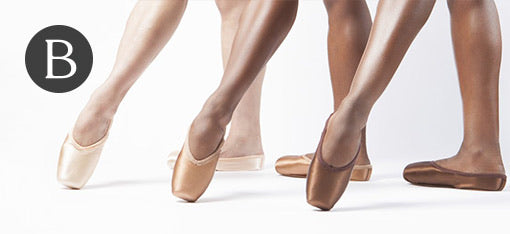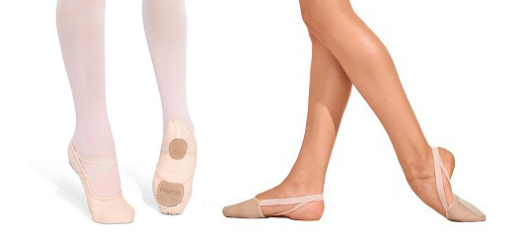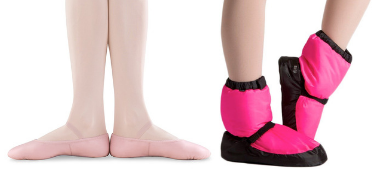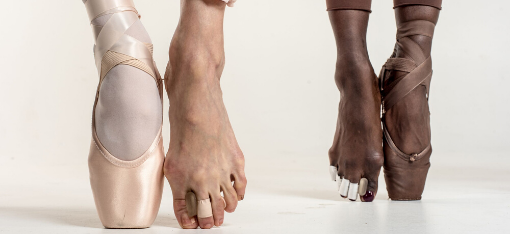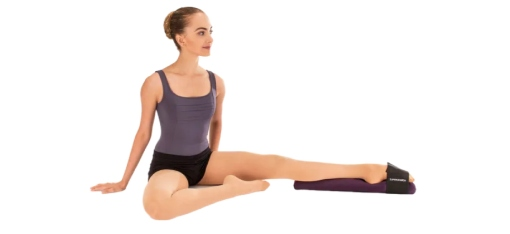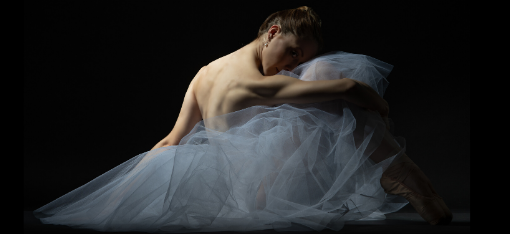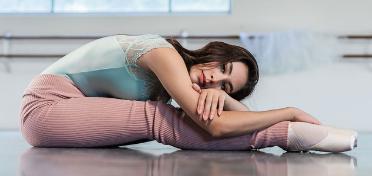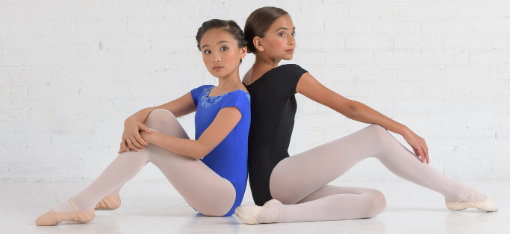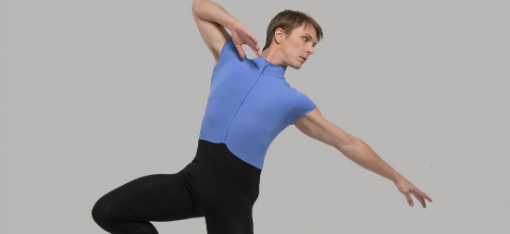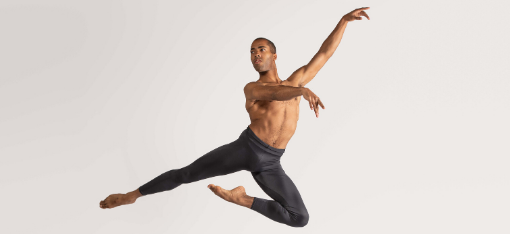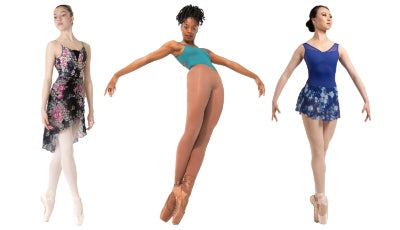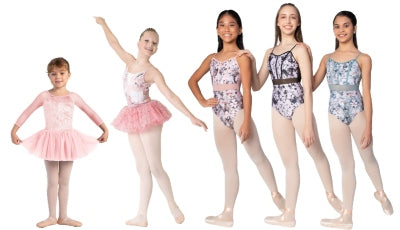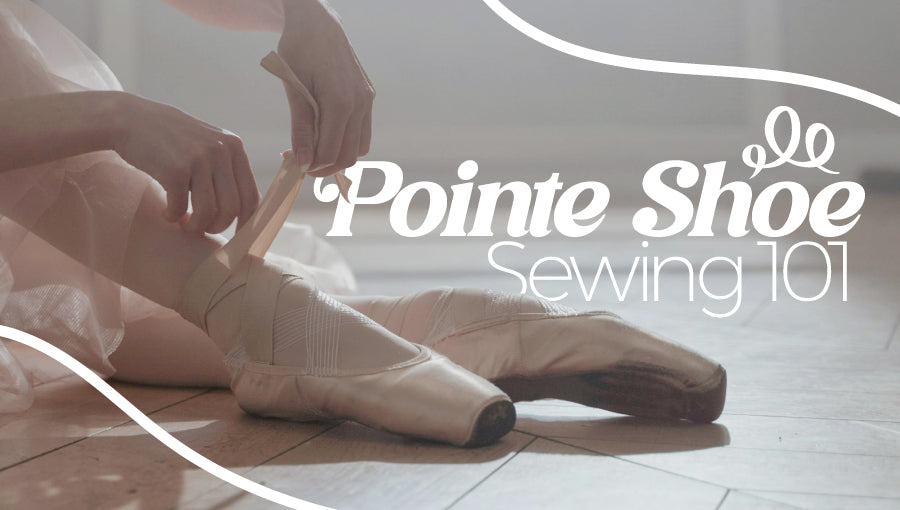Tips for injury prevention
12 Things every dancer needs to know for injury prevention
- Listen to your body. Pain is your body’s way of alerting you to something that isn’t right. It can be hard to tell the difference between soreness from dance and soreness from overuse or injury. If you have a new pain lasting longer than 3 days, or pain that comes and goes but recurs often, these may be early signs of injury and you might want to have them checked out to avoid loss of time in class or on stage.
- Know your body. Identify your personal strengths and weaknesses, these are areas that often lead to injury. Ask a teacher for their input, listen closely to constructive criticism for clues about areas that need work, and/or seek comprehensive evaluation from a dance medicine specialist to learn more about your body.
- Don’t always be biased toward your strong side. This can create asymmetries that can predispose a dancer to injury. Dedicate time to really improving on your weak side.
- Don’t push yourself too hard in your weak areas until you have addressed underlying causes of weakness and know that you are ready for more demanding activities.
- Do gain knowledge about basic anatomy as it relates to dance. This is shown to be one of the best ways to prevent dance injury. Bring an Anatomy for Dancers workshop to your studio, or pick up a basic anatomy for dancers book (I recommend “Dance Anatomy” by Jacquie Greene Haas, or “Dance Medicine: Head to Toe” by Judith R. Peterson, MD)
- Always practice good warm-ups, the purpose of which is to awaken proper muscles and prepare them for movement, also to increase body temperature by elevating your heart rate. Stretching is not considered a warm-up. Instead, focus on large body movements and sequences that increase your heart rate and use all your major muscle groups before class starts.
- Use your cool-downs to work on prolonged stretches for improvements in flexibility. Be careful to never stretch before your muscles are sufficiently warm. Avoid forced stretching into uncomfortable positions by someone else, which can cause damage to joints and ligaments.
- Regularly participate in some type of cross-training that compliments dance. Your dance training will benefit from challenging your muscles to work in similar but different movement patterns. Consider mat or reformer Pilates, or Gyrotonic.
- Consider a guided and age-appropriate strength training program that focuses on specific areas. Weakness is a strong predictor of injury in dance. Research shows that proper strength and conditioning for dancers (including pre-adolescent), not just repetition of dancing, significantly reduces injury rates.
- Work in both parallel and turned-out. For injury prevention, your muscles should be strong and confident in both positions.
- Take care of your body outside of dance. Be aware of your postural habits at home and school. Wear good shoes that fit properly and provide adequate support to decrease the stress to your feet. Avoid text neck and slouched over studying positions that weaken ligaments and can greatly increase risk for injury in and out of the studio. Your body is your instrument, you should care for it as such.
- Rest. All bodies (especially growing bodies) need adequate rest: daily, weekly, and seasonally. Consider rest as an essential part of your recovery from the demands of dance. Aim for consistent amounts of nighttime rest each day, 8-11 hours in young and adolescent dancers and 8 hours in adults. Aim for 1 day per week of complete rest from dance. Aim to have 2 weeks of complete rest from dance each year. Finally, aim to have an “off-season” from dance each year that may include somewhere between 3-6 weeks of reduced intensity of dance and increased focus on cross-training, strengthening, and injury prevention.
New to Dr. Carrie Skony? You can learn more about Dr. Skony at www.drcarrieskony.com or follow her on Facebook, Twitter, or Instagram.


